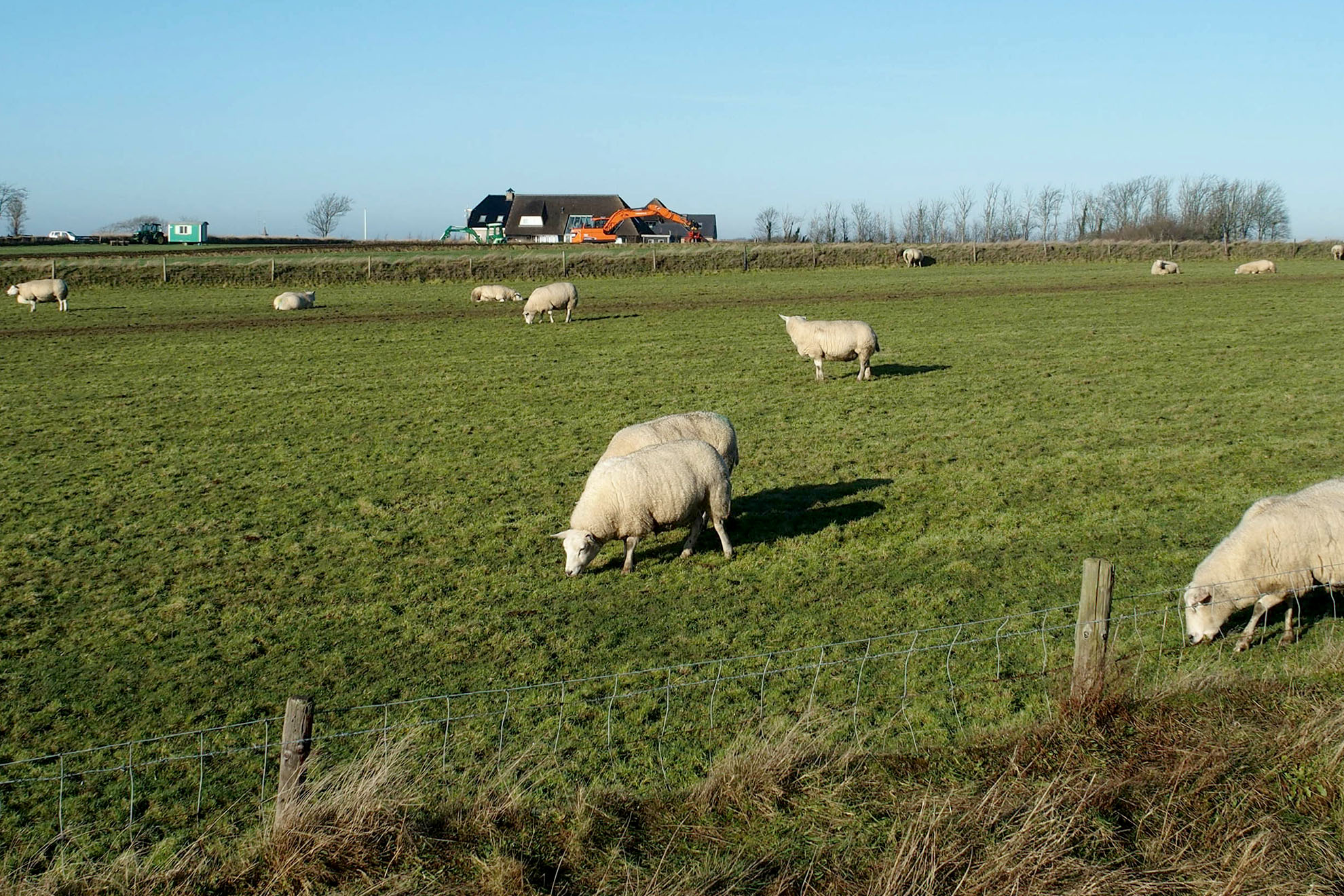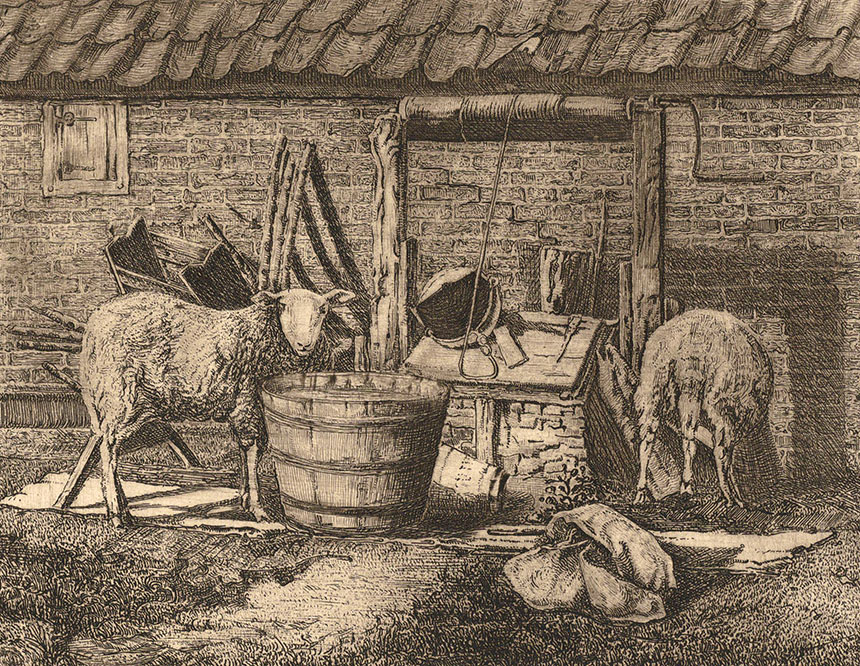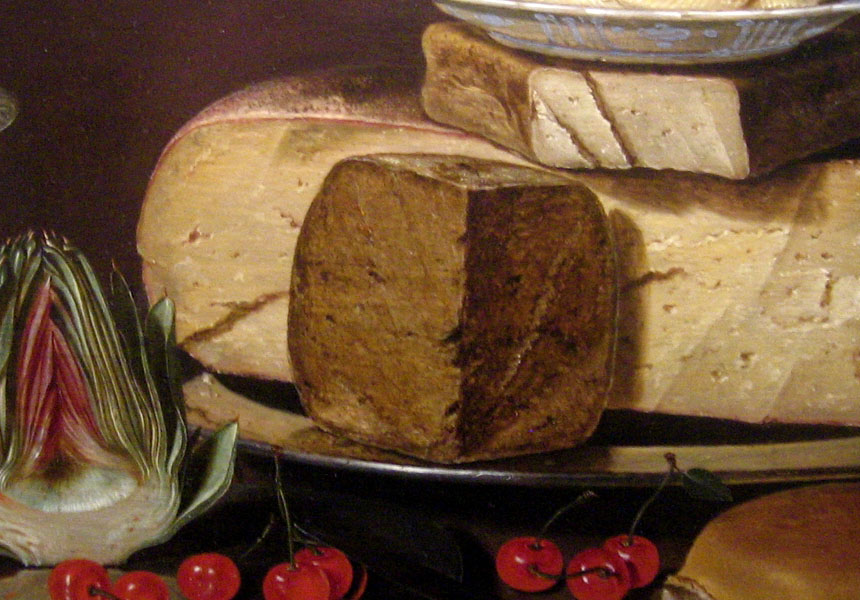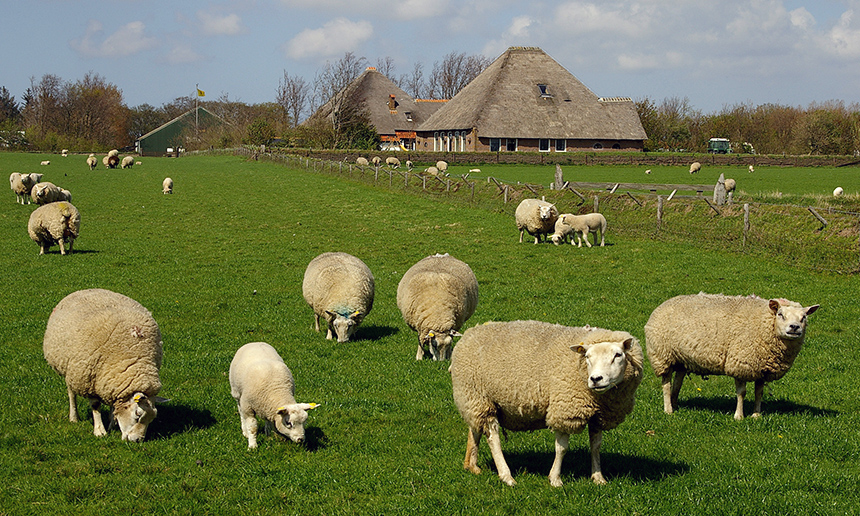Schapen

Op Texel wonen 14.000 Texelaars (mensen) en 40.000 Texelaars (schapen). Texel is een echt schapeneiland. De Texelaar (het schaap) is wereldwijd het meest gefokte vleesschaap. Het Hoge Berggebied is van oudsher het hart van de Texelse schapenhouderij. Nog steeds zijn de weiden vol grazende schapen bepalend voor het karakter van het gebied. Dat geldt in het bijzonder voor het voorjaar, als de lammeren er opgroeien.
Pielsteerten

In de loop van enkele eeuwen was op Texel een speciaal schapenras ontstaan: de pielsteert. De dieren waren vernoemd naar de pijlvormige staart. Het waren vrij kleine schapen met een smalle kop en een korte staart. Pielsteerten waren een taaie schapen, goed bestand tegen de onvoorspelbare omstandigheden op het eiland. Ze leverden vette melk voor de kaas en prima wol voor de spinnerij. Het vlees van de lammeren vond zijn weg naar de markten aan de Hollandse Zuiderzeekust.
Schone wol
De Texelse schapenhouders wasten de schapen voordat ze werden geschoren. Dat leverde schone wol op. Dit in tegenstelling tot overkantse schapenhouders, die hun schapen ongewassen schoren. De schone Texelse wol was een gewaardeerd handelsmerk.
De Texelse Groene

Tot ongeveer 1900 was de Texelse groene schapenkaas een veel verkocht exportproduct van het eiland. Kenners sloegen deze kaas hoger aan dan Roquefort. De kaas had een bijzondere smaak omdat er sap van schapenkeutels in werd verwerkt. Ook op Wieringen en Terschelling werd dit type kaas gemaakt. De voorloper van de warenwet verbood het gebruik van uitwerpselen in levensmiddelen. Dit betekende het einde van de Texelse Groene.
Vleesschaap

Een ruime eeuw geleden kwam er een einde aan de glorietijd van de pielsteert. De vraag naar lamsvlees trok heel sterk aan. Vooral in Engeland. Daar was de industriële revolutie in volle gang, en alle arbeiders moesten goed eten op tafel krijgen. De Texelse schapenhouders speelden daarop in door hun schapenras verder te ontwikkelen. De pielstaart werd gekruist met Engelse vleesrassen. Zo ontstond de huidige moderne Texelaar, een echt vleesschaap.
Dekbedden
De wol van het moderne Texelse schaap is niet zo geschikt om er breigaren van te spinnen. Toch moeten de schapen elke zomer worden geschoren om te voorkomen dat ze het te warm krijgen. Een slimme Texelse ondernemer vond een nieuwe toepassing voor de wol: als vulling van dekbedden. Deze Texelse dekbedden zijn in de afgelopen decennia uitgegroeid tot een belangrijk exportproduct van het eiland.
Texelse Witte
Enkele Texelse schapenhouderijen hebben op kleine schaal de kaasmakerij in stand gehouden. De ‘Texelse Witte’ valt nu goed in de smaak, vooral bij de toeristen op het eiland.








